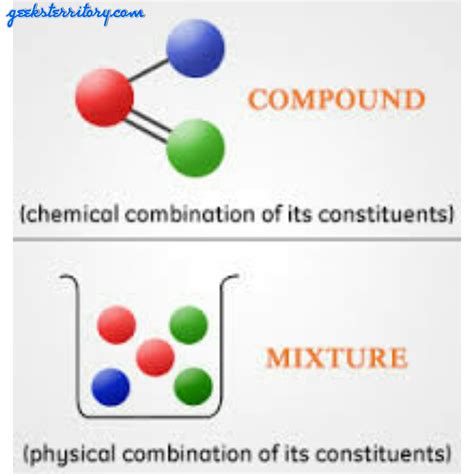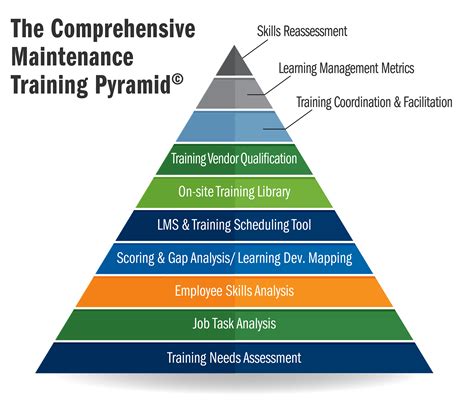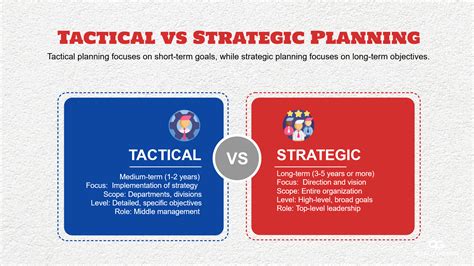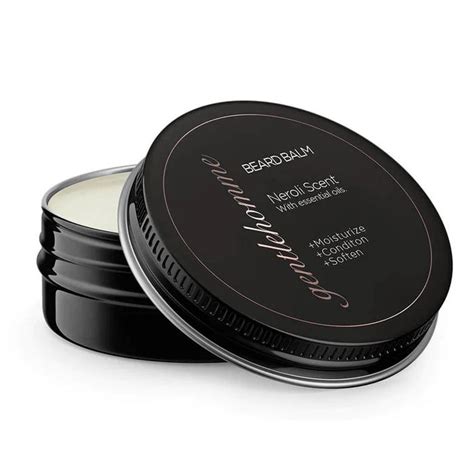Beyond volume: How to maximize strength and lean mass gains efficiently?

The Volume Trap: Why More Isn’t Always Better
For years, the mantra in the fitness world for building muscle and strength often revolved around doing more – more sets, more reps, more exercises. While training volume is certainly a factor, an over-reliance on it can lead to diminishing returns, overtraining, and burnout, ultimately hindering efficient progress. To truly maximize strength and lean mass gains, we must look beyond just piling on volume and instead focus on smarter, more strategic approaches that prioritize quality over quantity.
Prioritizing Intensity and Effort
Intensity, in the context of resistance training, refers to the effort exerted during your sets, not just the weight on the bar. Training closer to failure, or with a high RPE (Rate of Perceived Exertion) or low RIR (Reps In Reserve), is a powerful stimulus for muscle growth and strength adaptation. This doesn’t mean every set needs to be an absolute grinder, but a significant portion of your working sets should be challenging and push your physiological limits.
- RPE (Rate of Perceived Exertion): A scale of 1-10, where 10 is maximal effort. Aim for 7-9 RPE on most working sets.
- RIR (Reps In Reserve): How many more reps you could have done. Target 1-3 RIR for effective hypertrophy and strength.
Focusing on intensity allows you to achieve the necessary stimulus with fewer sets, making your workouts more efficient and leaving more room for recovery.

The Cornerstone: Progressive Overload
No principle is more fundamental to consistent strength and muscle gains than progressive overload. It means continually increasing the demands placed on your muscles over time. Without it, your body has no reason to adapt and grow stronger or bigger. This doesn’t always mean simply adding more weight; there are several ways to progressively overload:
- Increase Load: Lifting heavier weights.
- Increase Reps: Doing more repetitions with the same weight.
- Increase Sets: Adding an extra working set (used judiciously to avoid excessive volume).
- Improve Technique: Performing the same weight/reps with better form and control.
- Decrease Rest Times: Reducing the rest period between sets (increases metabolic stress).
- Increase Time Under Tension: Slowing down the eccentric (lowering) phase of a lift.
- Increase Frequency: Training a muscle group more often.
Tracking your workouts is crucial for implementing progressive overload effectively. Keep a log of your sets, reps, and weights to ensure you’re consistently challenging yourself.
Strategic Exercise Selection and Programming
To maximize efficiency, prioritize compound movements that engage multiple muscle groups simultaneously. Exercises like squats, deadlifts, bench presses, overhead presses, and rows provide the biggest bang for your buck in terms of strength development and muscle activation. While isolation exercises have their place for specific muscle shaping or addressing weaknesses, they should complement, not replace, your compound foundations.
Effective programming also involves periodization – systematically varying your training variables over time. This could mean alternating between strength and hypertrophy blocks, or incorporating deload weeks to manage fatigue and prevent plateaus. A well-designed program ensures you’re consistently challenged without leading to overtraining.

Masterful Recovery: The Unsung Hero
Training provides the stimulus, but recovery is where growth actually happens. Neglecting recovery is a surefire way to stall progress, increase injury risk, and reduce overall well-being. Efficient gains demand diligent attention to:
- Sleep: Aim for 7-9 hours of quality sleep per night. Sleep is paramount for hormone regulation and muscle repair.
- Nutrition: Consume adequate protein (1.6-2.2g per kg body weight) to support muscle repair and growth, sufficient carbohydrates for energy and recovery, and healthy fats for overall health.
- Hydration: Stay well-hydrated throughout the day.
- Stress Management: Chronic stress can elevate cortisol, hindering recovery and muscle gain.
- Active Recovery/Deloads: Incorporate lighter activity or planned deload weeks to manage cumulative fatigue.

The Power of Periodization
Periodization is a systematic way to organize your training over various cycles to optimize performance and prevent overtraining. Instead of randomly hitting the gym, a periodized approach might involve blocks focused on different goals – e.g., a four-week block focused on building a strength foundation, followed by a six-week block emphasizing hypertrophy, then a short peak phase. This structured variability keeps your body adapting, prevents plateaus, and ensures long-term, sustainable progress.

Optimize Your Environment: Nutrition, Hydration, and Mindset
Beyond the gym, your daily habits profoundly impact your ability to build strength and lean mass efficiently. Fueling your body correctly with a balanced intake of macronutrients (protein, carbs, fats) is non-negotiable. Consistent hydration is crucial for performance and recovery. Furthermore, cultivate a positive and disciplined mindset. Mental focus during your lifts, consistency with your routine, and patience in expecting results are all part of an optimized environment for growth.
Bringing It All Together for Efficient Gains
Maximizing strength and lean mass gains efficiently isn’t about endless hours in the gym. It’s about working smarter, not just harder. By shifting your focus from arbitrary volume to intelligent intensity, consistent progressive overload, strategic exercise selection, and meticulous recovery, you can achieve superior results in less time. Embrace these principles, stay consistent, and watch your body transform beyond what traditional volume training could offer.










